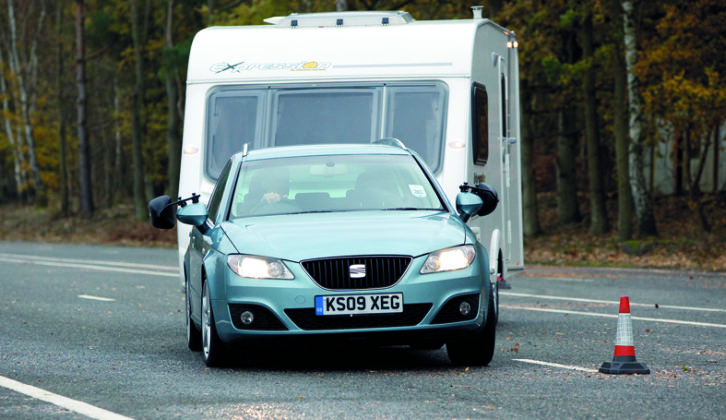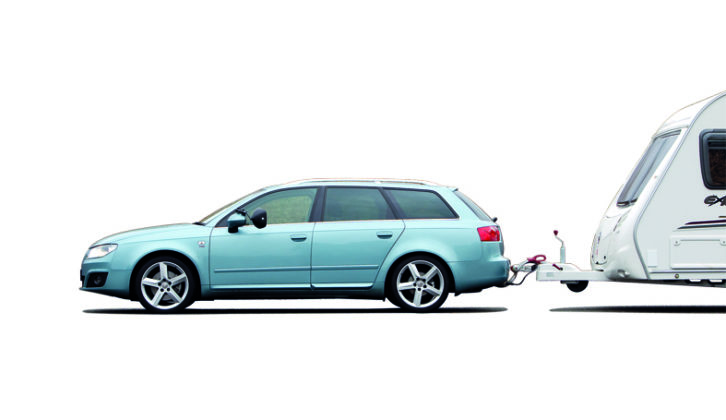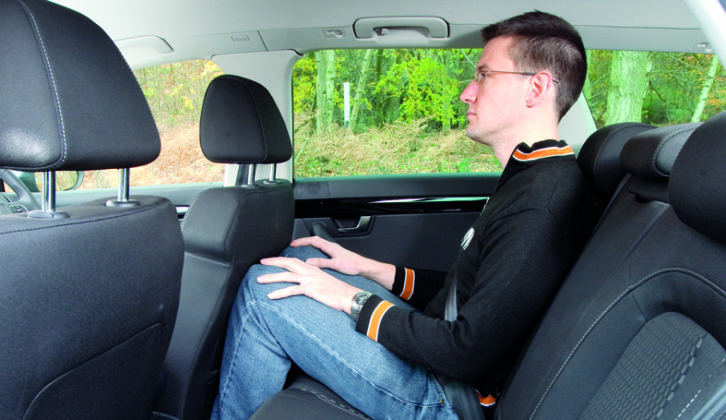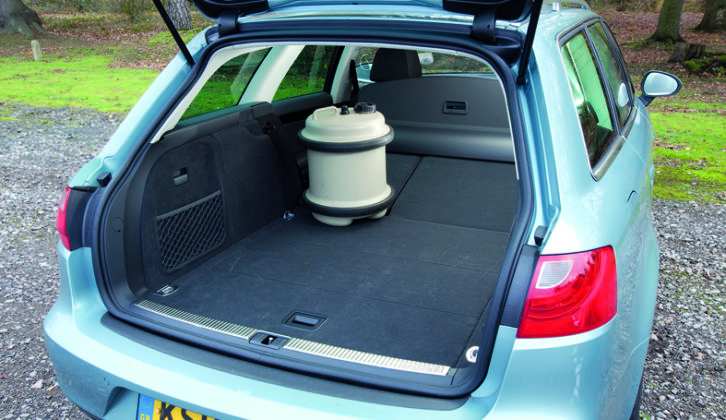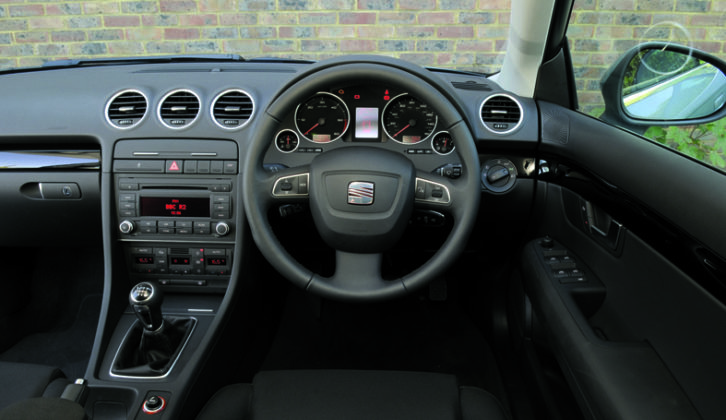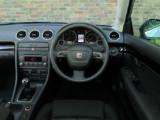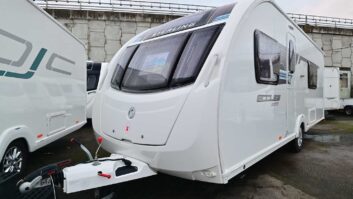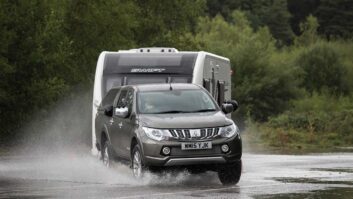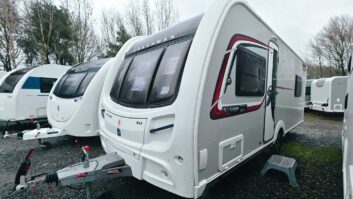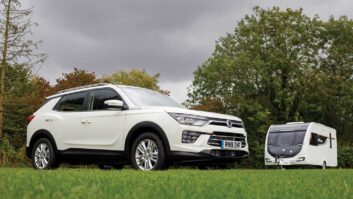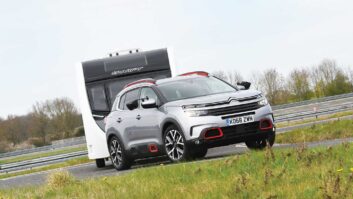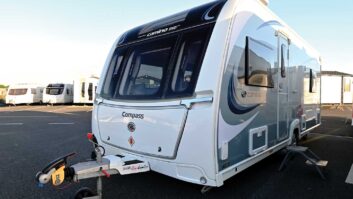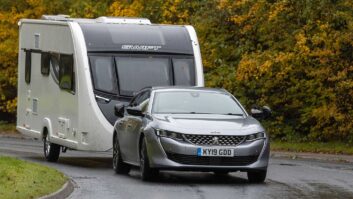‘If it isn’t broken, don’t fix it.’ Yes, it’s an old saying, but one that’s clearly rooted in common sense. It’s also a saying that the manufacturer definitely kept in mind with the Seat Exeo saloon and estate, which were basically the then-previous-generation Audi A4, but with Seat badges.
There’s no harm in that, because at that point, the A4 had been on sale for a good few years and had been very thoroughly developed, so Seat was simply reaping the benefits of sister brand Audi’s work.
The Exeo is a vehicle that should appeal to tow car buyers, mainly because there’s a range of engines available.
It’s also well put together and reasonably quiet, and it has a huge boot. Better still, if you find the boot isn’t quite big enough, there’s also an estate (badged ST) model.
Engines comprised a 2.0-litre turbodiesel with either 118bhp, 140bhp or 168bhp. In addition, there was a 197bhp 2.0-litre turbocharged petrol model.
A six-speed manual gearbox was fitted as standard on all models, with continuously variable transmission available on the 140bhp 2.0-litre TDI.
Five trims were offered over the course of the vehicle’s life, starting with the S and rising through SE, SE Tech, Sport and Sport Tech, with standard kit on all models that included dual-zone climate control, Bluetooth mobile phone connectivity, an auxiliary socket and the additional benefit of electric windows all round.
Moving up the range brought high-tech equipment, such as double glazing, a solar sunroof to help power the air conditioning when the engine is off, bi-xenon headlights and electrically adjustable front seats.
Model history
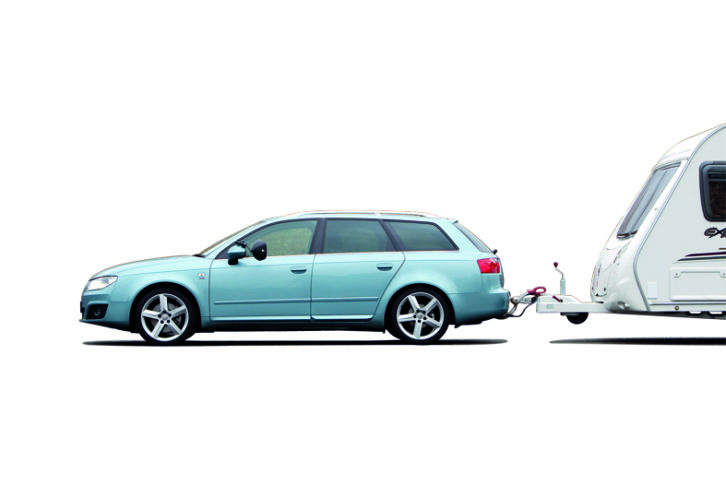
Back in 2009, there was something of an executive-saloon-estate-sized hole in Seat’s range, so the company took the tooling for the recently replaced Audi A4 and Avant, and turned it into the classy Exeo.
It wasn’t cutting edge, but it had been finessed throughout its life and was as good as it was going to get – which is to say, pretty good. The fact that Seat could offer the Exeo at a very reasonable price was also a bonus.
The vehicle had excellent front cabin space from the off, although the rear was rather short of leg room to begin with. However, rear-seat comfort was improved when the car was facelifted in 2012, because the backs of the front seats were reprofiled to allow for greater rear legroom.
The boot of the saloon was huge, having been specifically shaped to allow a set of golf clubs to be accommodated.
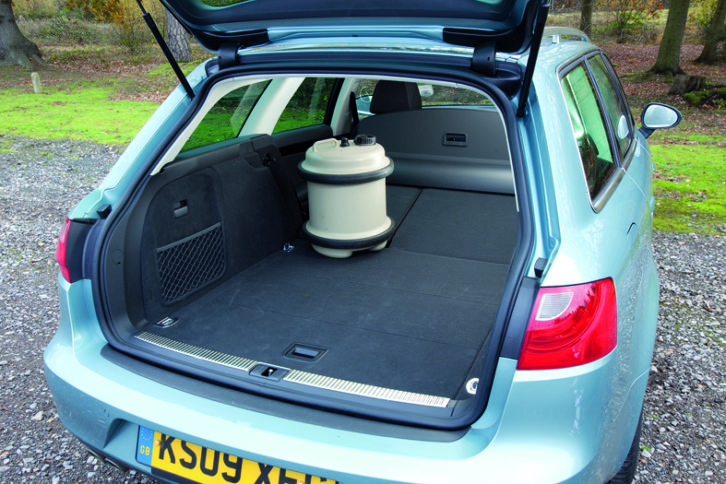
It’s actually bigger than the luggage area of the ST model when the rear seats are raised, although obviously, the estate has the advantage in ultimate carrying capacity, which could tempt tow car users.
Given the vehicle’s roots as an Audi, the cabin quality is good, albeit with the proviso that this is an interior originally designed at the turn of the millennium. It definitely looks dated these days, but it was made to last the twin tests of time and family life, so should be in good nick.
As mentioned, a range of engines was offered, but the best option is the 140bhp 2.0-litre turbodiesel, which gives the Exeo a reasonable turn of pace and calm cruising ability, and views fuel stations with highly commendable revulsion.
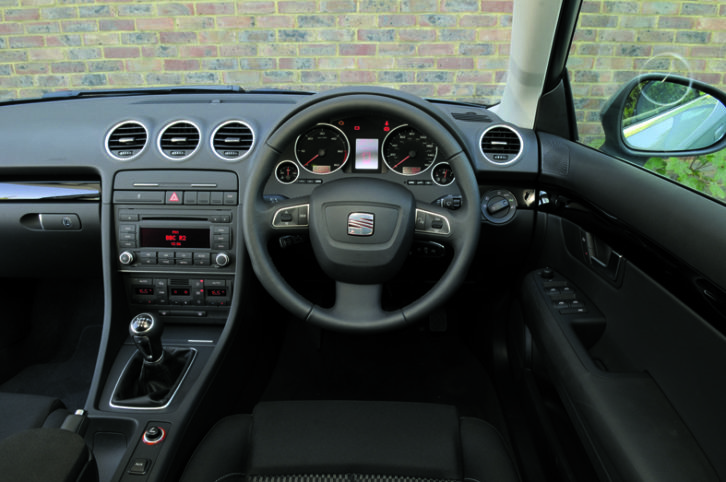
On top of this frugality, an Exeo should be a pretty cheap car to keep running in terms of maintenance costs.
According to our sources, a minor service will cost just £90, while a major service is less than £131. That is seriously bargain territory, and means that there will be little excuse for the previous owner not having kept up the car’s expected maintenance schedule.
The Exeo does a fair enough job as a tow car. When we tested it back in 2010, it proved stable at speed and provided reasonable punch in overtaking. Even our violent emergency-land-change manoeuvre was unable to shake it.
However, we would advise against looking at cars with the Sport suspensions system fitted, because this makes the ride firm to the point of being tiresome on even the most mundane journey.
Trouble spots
The good news is, the Exeo has been subject to just one recall in its lifetime. The word ‘Dieselgate’ should make everything clear. Yes, the car’s engines were part of those regrettable shenanigans, so it’s worth making sure that the work has been carried out.
That said, there have been a few reports of the Dieselgate remedial work causing some problems with the way the engine runs, making it drop into limp-home mode with the attendant engine warning light on the dashboard. When you’re thinking about buying, it’s definitely worth taking along someone with mechanical savvy, to ensure the car starts and runs as it should. If there’s any sign of dashboard warning lights, walk away.
Aside from that one minus point, the Exeo has had no problems. Better still, neither has the vehicle on which it is based, the Audi A4.
Verdict
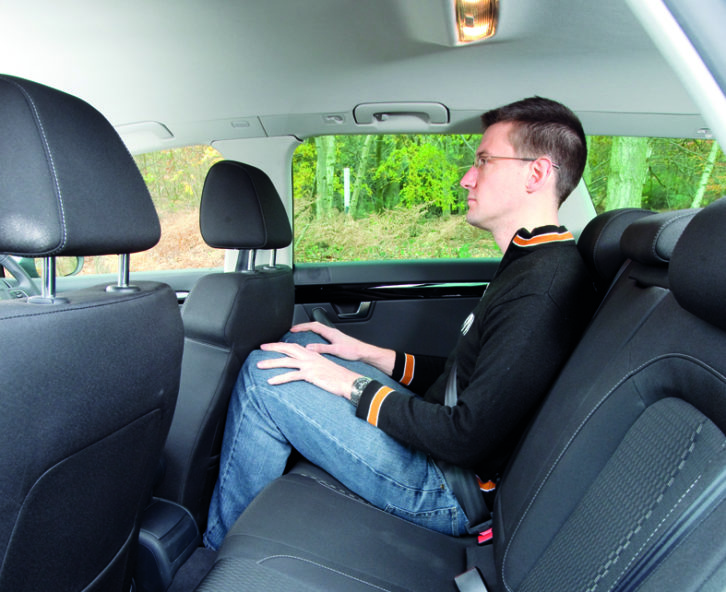
The Seat Exeo isn’t the biggest tow car you can find – rivals such as the Ford Mondeo and even VW Passat are larger – but it is nevertheless a very capable and practical tow car to consider.
It remains reasonably unaffected by the weight of a trailer, and the estate version will provide extra lugging space should you require it. On top of that, it should be reliable and cheap to run.
If you need a lot of space or the traction offered by the four-wheel drive, perhaps this one isn’t for you, but for most people, the Exeo should be perfectly adequate.
Seat Exeo // Need to know
How much? £1700-£7000
The oldest of these is more than a decade old now, so prices have reached the ‘bargain’ area of the used-car marketplace.
You can pay as little as £1700 for an early model, but the mileage will be into six figures, and could quite even start with a two.
A budget of around £4500 will net you a post-facelift car in reasonable condition. Yes, it will have done quite a few miles, but it will also have been well looked after.
If you have around £7000, you’ll get the very last-of-the-line examples, providing plenty of kit and with better mileage.
What will it tow?
- Kerbweight 1590kg
- Towing limit 1600kg
- Noseweight limit 75kg
- 85% match 1352kg
How much is a towball?
- Witter flange towbar £254.85
- Witter detachable towbar £242.49
- Fitting extra (from www.pfjones.co.uk)
What about servicing?
- Interim service £90.50
- Full service £130.65
- (Prices supplied by Servicing Stop, 0344 225 3303), servicingstop.co.uk
Top tug: Seat Exeo 2.0 TDi 143 SE Tech
- The best engine for tow car buyers, it deals well with loads and doesn’t shout about how hard it’s working
Barge pole: Seat Exeo 2.0 TSI Sport
- With 158bhp, this is genuinely rapid, but caravaners cover a lot of miles, and that’s likely to cost a lot in fuel
If you liked this… READ THESE:
Six of the best used family crossovers
If you’ve enjoyed reading this article, why not get the latest news, reviews and features delivered direct to your door or inbox every month. Take advantage of our brilliant Practical Caravan magazine SUBSCRIBERS’ OFFER and SIGN UP TO OUR NEWSLETTER for regular weekly updates on all things caravan related.
We love... the saloon's boot is huge, having been specifically designed to allow golf clubs to fit, and if that's not enough, luggage space, the estate is even more capacious
